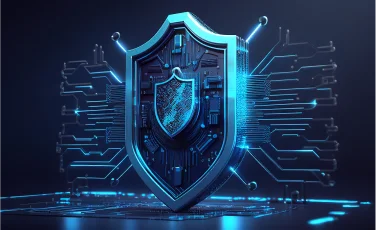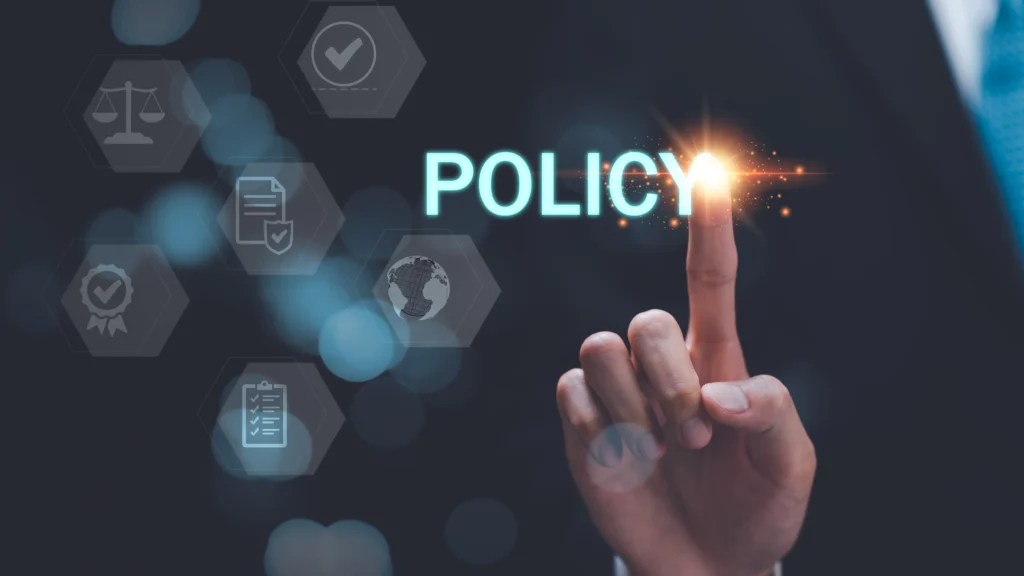1. Understanding the Process
A gap assessment begins by analyzing an organization’s existing cybersecurity controls, policies, and procedures. This evaluation is compared against predefined standards or frameworks such as ISO 27001, NIST Cybersecurity Framework (CSF), CIS Controls, or sector-specific requirements like HIPAA for healthcare, PCI DSS for payment card security or IEC 62443 for OT systems. The result is a comprehensive report highlighting gaps, vulnerabilities, and areas for improvement, prioritized by criticality and risk impact.


2. Standards Referenced in Assessments
Standards play a central role in gap assessments by providing various benchmarks for comparison, such as:
- ISO/IEC 27001: For global information security management.
- NIST CSF: Focused on identifying, protecting, detecting, responding to, and recovering from cyber threats.
- CIS Controls: Emphasizing actionable, prioritized security steps.
- SOC 2: Relevant for organizations that manage data to protect privacy.
3. Value Propositions for Organizations
Gap assessments empower organizations by providing clarity and direction in their cybersecurity strategy. Key benefits include:
- Risk Prioritization: Focus resources on high-impact vulnerabilities.
- Regulatory Compliance: Reduce the risk of fines or penalties by addressing regulatory gaps.
- Enhanced Maturity: Build a roadmap toward a robust and resilient security posture.
- Stakeholder Confidence: Reassure customers, partners, and regulators that the organization takes security seriously.


4. How Gap Assessments Fit into a Cybersecurity Framework
A cybersecurity gap assessment acts as the foundation for an organization’s overall security strategy. By identifying deficiencies, organizations can create a roadmap to achieve a desired security outcome. For example, if a gap is found in identity management, it could prompt the adoption of multifactor authentication. The gap assessment ensures that subsequent initiatives are targeted and effective.
5. Tailored Recommendations and Reporting
LeetProtect delivers a detailed report, visual representations of risks, and actionable recommendations. These insights are customized based on the organization’s industry, size, and threat landscape. For instance, a financial institution may receive specific guidance on securing sensitive customer data, while a manufacturing firm may be directed to enhance operational technology (OT) security. Tailored reports drive more effective, context-relevant decision-making


6. Integration with Continuous Improvement
The findings from a gap assessment are not a one-time exercise but a critical input for continuous improvement. Regular assessments, typically conducted annually or after major organizational changes, help monitor progress and adjust strategies. By iteratively addressing gaps, organizations can evolve their cybersecurity posture, adapt to emerging threats, and stay ahead of the curve in a rapidly changing landscape.

